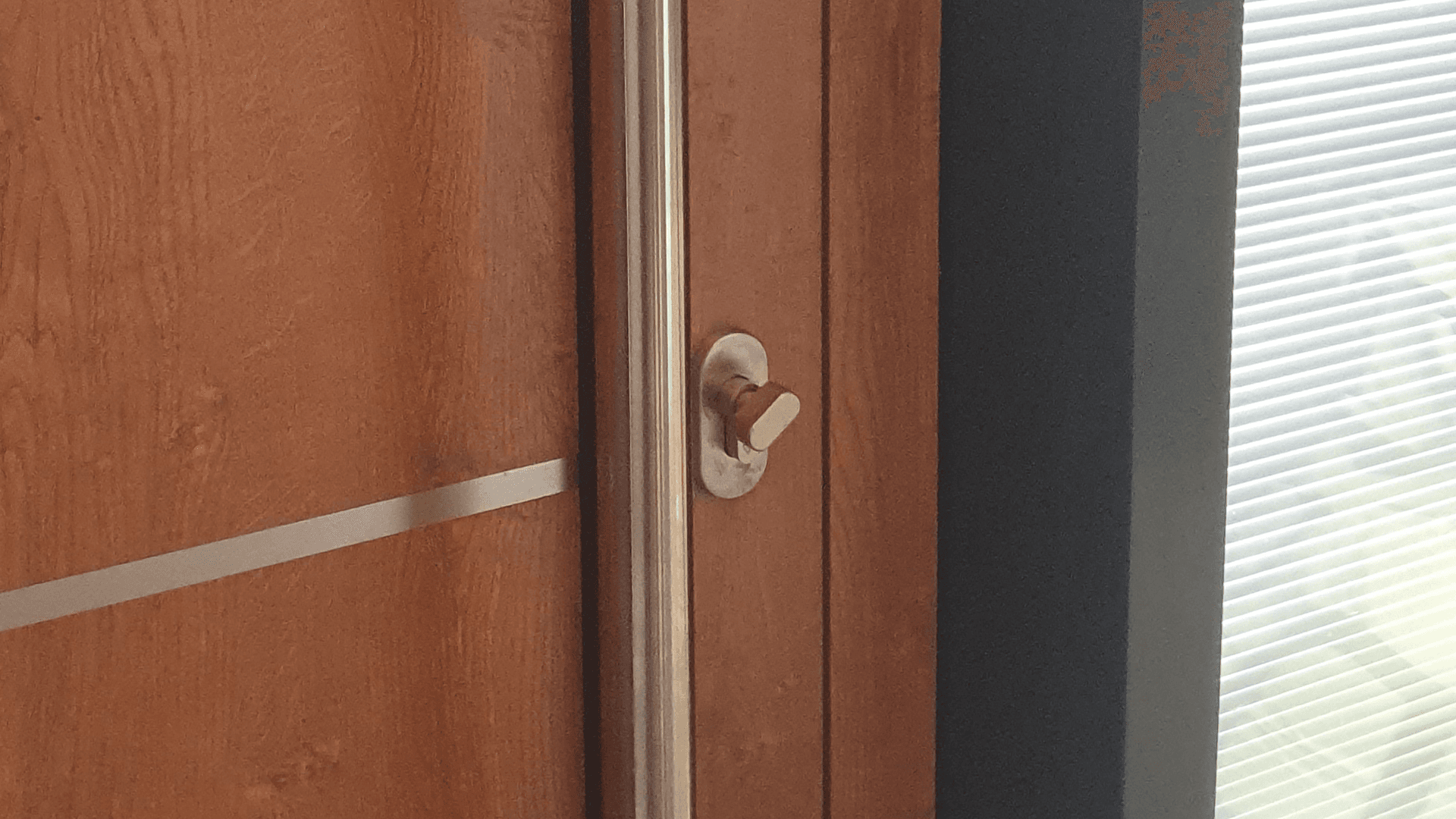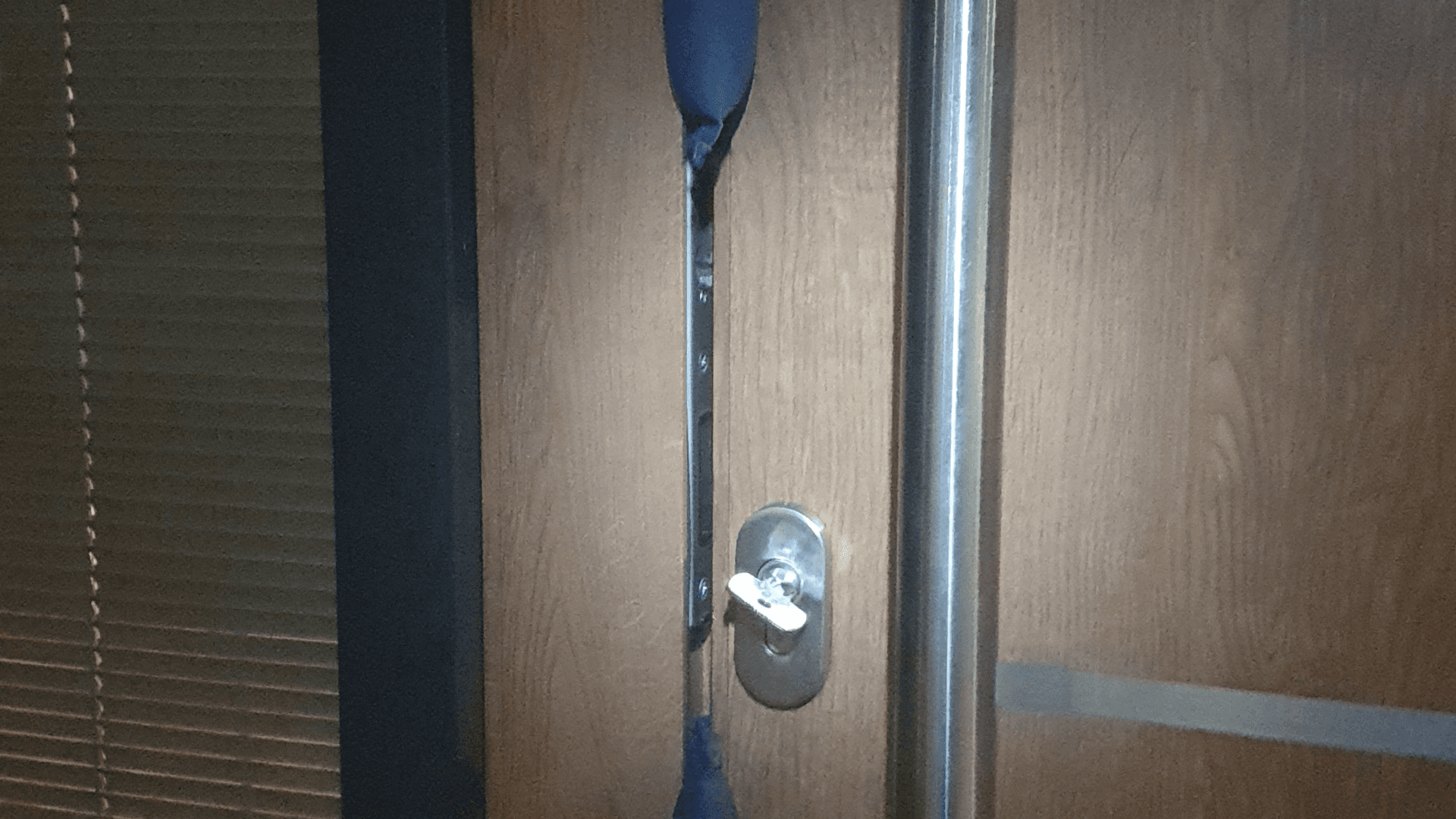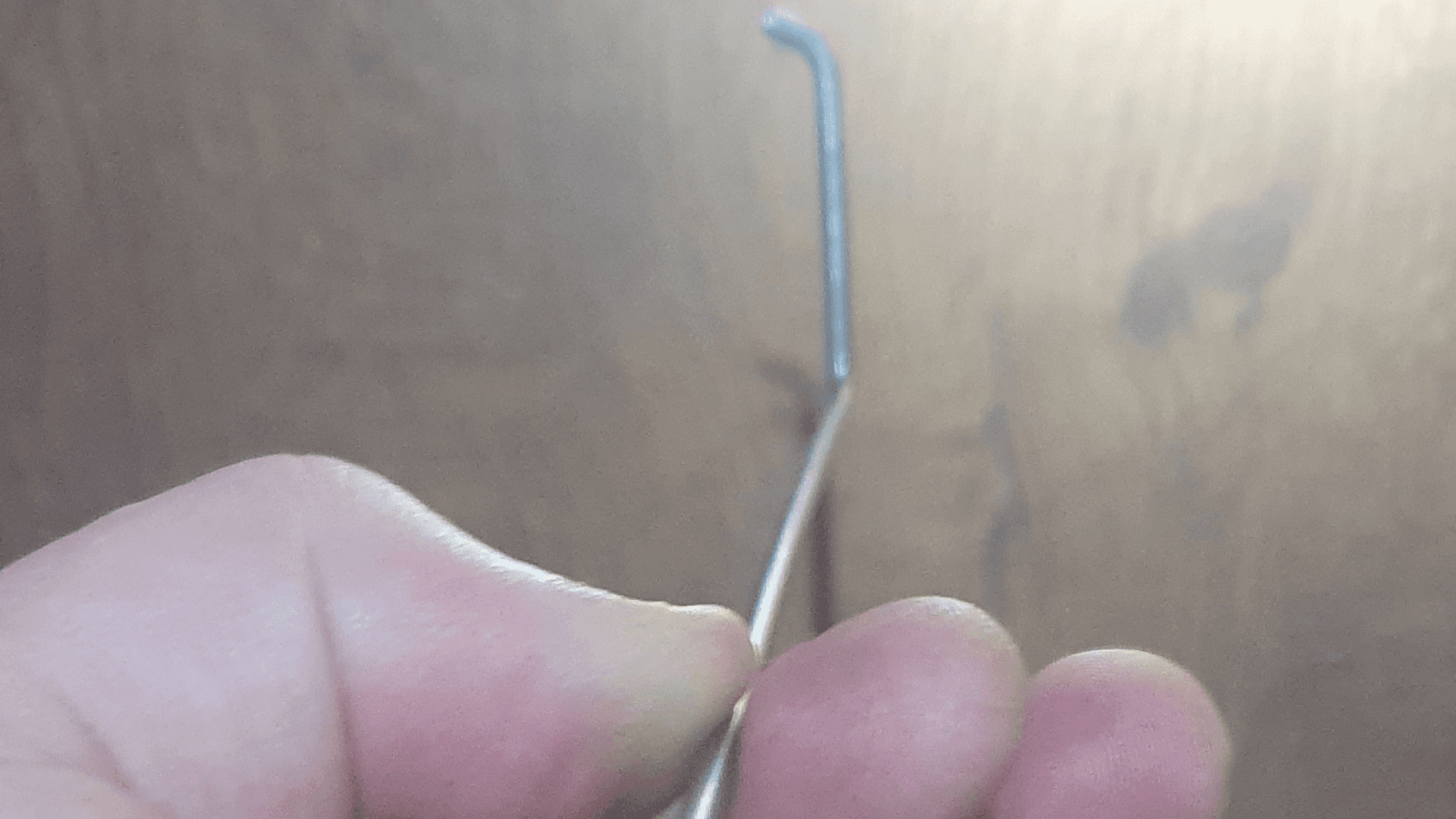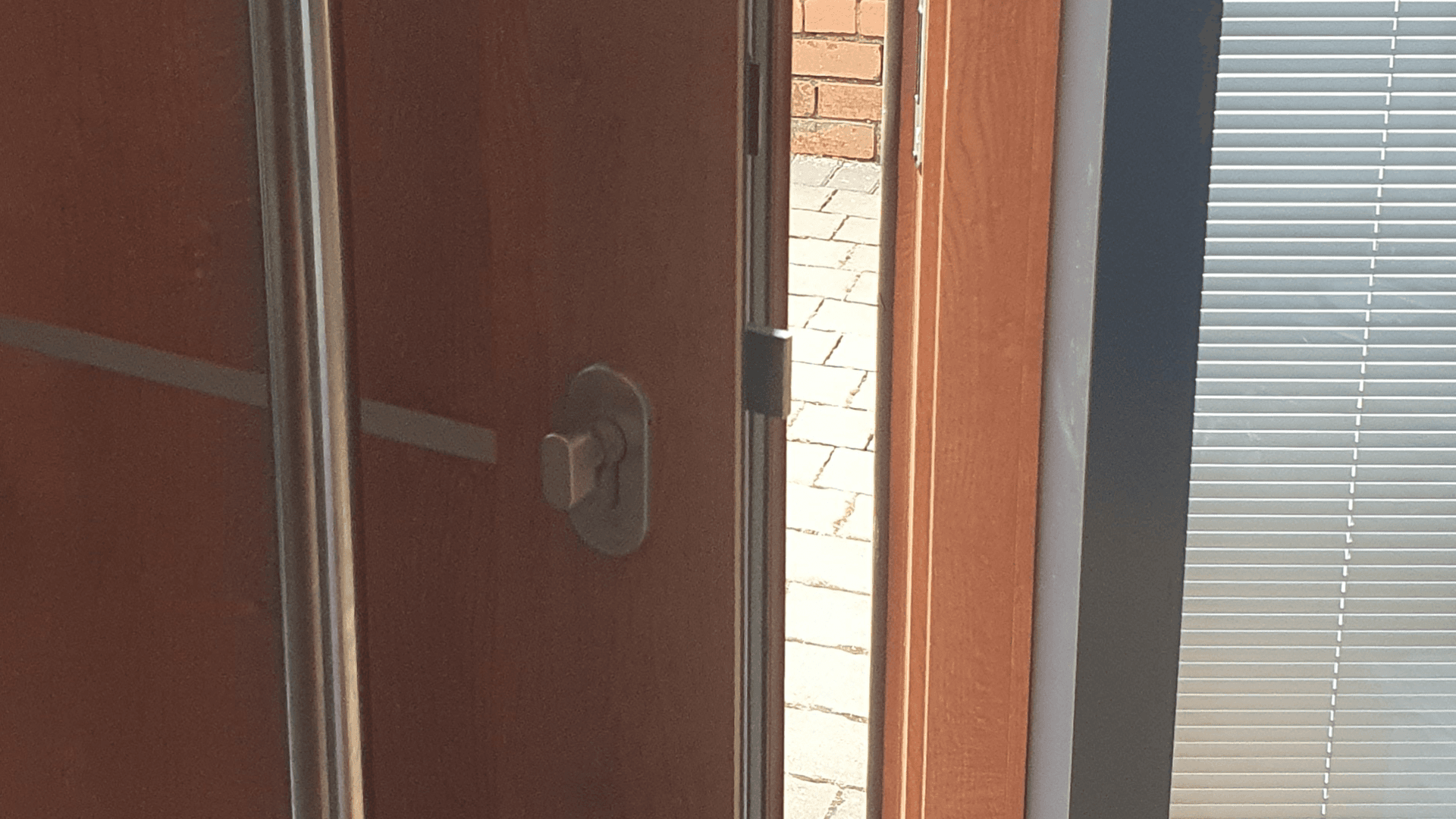
On a crisp Newcastle morning faced a perplexing challenge. A custom, oversized aluminium door had ceased to function, demanding my expertise in early February.
Initial Locksmith Assessment
Tasked with a locked door that boasted an auto-locking mechanism without handles—a modern yet troublesome design—it refused to yield to its key. Despite alternative access points, allowing work from both sides, the mechanism's failure prevented normal operation. In Newcastle-upon-Tyne, where the unexpected often happens, I knew this job would be unique.
Emphasising Non-Destructive Expertise

In the realm of locksmithing, the directive to employ a non-destructive approach is not uncommon. However, the challenge presented by this custom aluminium door transcended the usual expectations. The door in question was a significant financial investment for the client, valued in excess of £5,000, but the client also explicit request for a solution devoid of any damage to the door, which called for a commitment to preservation often rare in our field.
Many locksmiths, when faced with such constraints, might opt to decline the task, or simply recommend some amount of destructive means, citing the complexity and the high risk of accidental damage.
In other words, my dedication to non-destructive entry techniques was not just a professional preference, but a necessity. The approach demanded an innovative mindset, one that AD Locksmithing is known for in Newcastle and beyond. The challenge was to navigate the sophisticated locking mechanism, understanding its nuances and vulnerabilities without leaving so much as a scratch on the door's surface. This task required patience, precision, and a deep respect for the client's property and trust - precisely the definition of AD Locksmithing.
Beating a Custom Door Mechanism

Upon encountering this locked custom aluminium door in Newcastle, I was immediately focused on its auto-locking mechanism.
Central to its operation was a metal strip with three components: a top latch, a central case featuring both a normal latch and a bolt, and a bottom latch. This configuration, devoid of traditional handles, instead relied on nothing but key rotation for manual operation.
The top and bottom latches incorporated a deadlocking feature, engaging magnetically to secure the door firmly as soon as it closes. This ingenious use of magnets enhanced security, but also represented a significant hurdle in my task. I had identified two issues: the top latch, still caught by its magnetic deadlocking function, and the bolt, slightly displaced, preventing its retraction from the rotation of the key. All I needed now was a solution.
Challenging Locking Mechanism

Typically, a locking mechanism functions as a cohesive unit, but this design diverged, featuring separate internal strips connecting the central case to the top and bottom latches. This separation meant that manipulating one part of the system without affecting the others was a possibility, which presented the hope for a solution.
However, the impossibility to apply this solution became evident when attempting to access these internal strips. Positioned between the main strip and the door itself, they were virtually inaccessible, and an external approach only met failure due to the magnetic element keeping this top latch deadlocked.
Back to Basic Lock Picking

So far, we have the door in a partially locked state, a bolt neither fully engaged nor retracted, and a key that cant turn all the way. My initial approach, using thin plastic to manipulate the latches, proved futile against the magnetic deadlocks. It was only after additional careful analysis, as well as some trial and error that I managed to realign the bolt through use of targeted force, finally retracting latches, and achieve open. This first victory was a crucial step, yet it was clear that a permanent solution required replacing the entire mechanism, which was promptly done after identifying the exact brand and model, and put my hands on a replacement.
Lock Fixed

The door now functioned flawlessly, its auto-locking mechanism replaced, and a potential draft issue rectified. This experience not only underscored the intricate challenges posed by modern lock designs but also highlighted the importance of a 24-hour emergency locksmith's adaptability and resourcefulness in Newcastle-upon-Tyne.
As I left the property, the satisfaction of a job well done was only matched by the gratitude of a relieved customer. In Newcastle, where the unexpected is the only constant, AD Locksmithing stands ready to tackle any lockout emergency with skill and dedication.
This detailed exploration of the locking mechanism—its design, challenges, and the innovative solutions employed—highlights the complexity of modern locksmithing. In Newcastle-upon-Tyne, where tradition meets innovation, the role of a 24-hour emergency locksmith like me is not just about providing access but about understanding and navigating the intricacies of contemporary security technologies.
By sharing these insights, I am not only to showcase the technicalities of the job but also to affirm the commitment of AD Locksmithing to overcoming even the most daunting challenges. Whether it's a bespoke aluminium door or a simple lockout emergency, we're here to ensure safety and peace of mind for our Newcastle community.

Published: 1st April, 2024 | Updated: 2nd April, 2024